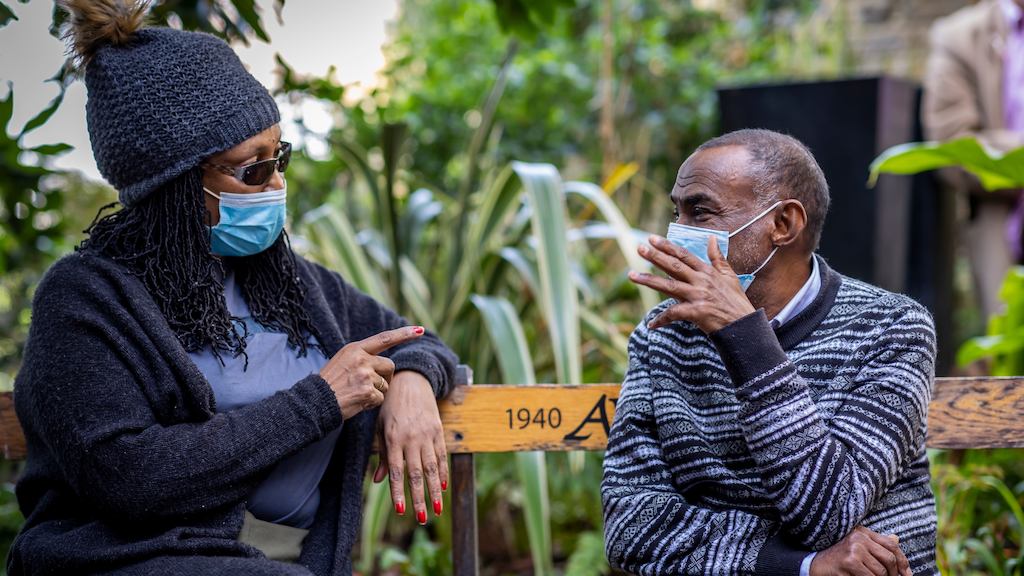During the COVID-19 pandemic, lockdown restrictions largely confined people to their neighbourhoods. Local communities became essential for many people’s practical support and social interactions, and connection to our communities became more vital.
We undertook the Ageing Better NatCen Panel Homes and Communities Study 2020 to investigate differences in community connectedness during the pandemic, and whether stronger local connections helped people to cope better with the difficulties of the COVID-19 outbreak.
Community connectedness is a multi-dimensional concept that is both dependent on – and reflected in – a range of attitudes and activities. In the study we collected information about related areas, including people’s attitudes towards their local communities, their interactions with other people in their neighbourhood, their volunteering activities and any assistance given to and received from their local communities. We then combined this to uncover patterns in community connectedness, using a statistical methodology called Latent Class Analysis (LCA).
Using this method, we identified six mutually exclusive groups of people, who reported different attitudes to, activities in and interactions with their local communities. Group membership was determined by people’s relationships with their local communities at a single point in time and could change if these relationships change.
Half of the groups reported strong connections with their local communities and were considered to be well-connected. These three groups were all made up of people who knew and trusted their neighbours and who had a strong sense of belonging to their local area. But they differed in their experiences of help received or offered during the pandemic: “Local helpers” were more likely to offer help to their local community, “Kindred helpers” to assist only family and friends, and “Reciprocators” to both offer and receive help from family, friends and neighbours.
The three remaining groups were less connected to their local communities. The “Disengaged” group consisted of people who knew their neighbours but felt that they themselves did not belong to their local community, while the “Isolated” group comprised people who had no bonds with their local area. Helping-out networks for people in these two groups extended to friends and family only. The final group, “Wary helpers”, offered and received help from their local community, family and friends; however, they did not trust their neighbours and did not feel a strong sense of belonging.
Overall, 54% of people in England fell into the well-connected groups and 46% into less-connected groups. However, this differed by age, with people aged 50 and above more likely than those younger than 50 to belong to the well-connected groups.
Certain characteristics were also associated with membership of different connectedness groups; for example, people struggling financially were more likely to be in the “Isolated” group. These relationships between personal characteristics and group membership sometimes varied by age. We found that, among people younger than 50, those with a limiting long-term health condition or disability were more likely than those without to be in the “Isolated” group, while this association was weaker among those aged 70 or older.

